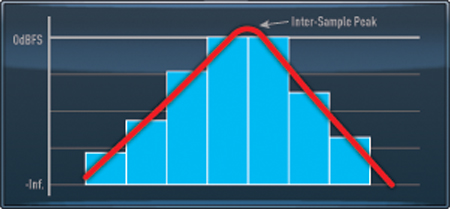Topic: Internal processing & output-level scaling of ADI-2 -series
Here and there pop ups constanly allegation, that user can push ADI-2 Pro/DAC to clip its outputs by screwing too much EQ. Great uncertainty prevails, how much this actually is.
I have conceived, that ADI´s smart DSP scales levels down in background same pace as user screws EQ up, until its 24 dB internal processing limit is reached.
Also I have come to understanding, that normally it can´t clip its outputs below 0.0 dB(r) volume level (that can only happen in Phones outputs, on <32 ohm load).
Hence ADI could be normally pushed to "digital suicide" only by exceeding 0.0 dBr volume level, and/or exceeding in combined FX-boosts, its internal 24 dB total limit.
Could the MC himself enlighten, how ADI actually performs is such a usage situation? Can user push it to "digital suicide" i.e. to actually clip its outputs if those limits (24 dB total FX-boost, 0.0 dBr -volume setting, no <32 ohm -limiter active in PH outs) are not exceeded? If yes, what are the limits then?
